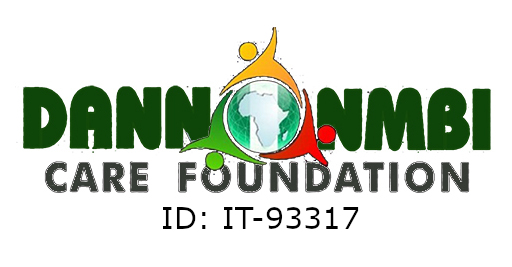Emergency Relief
Our Programs
Emergency Relief
Nigeria frequently experiences crises that necessitate emergency relief interventions. These crises, ranging from natural disasters and conflicts to public health emergencies, affect millions of lives and underscore the urgent need for coordinated humanitarian efforts. Emergency relief programs aim to provide immediate support to those in need while fostering long-term recovery and resilience.
Types of Crises in Nigeria
-
Natural Disasters:
- Flooding: Annual floods, often caused by heavy rainfall, river overflows, and poor urban drainage systems, lead to widespread displacement, destruction of property, and loss of lives. States such as Kogi, Anambra, and Bayelsa are frequently affected.
- Droughts and Desertification: Northern Nigeria, particularly the Sahel region, is prone to prolonged droughts, which disrupt agriculture, worsen food insecurity, and deplete water resources.
-
Armed Conflicts and Insecurity:
- Insurgency in the Northeast: Boko Haram and Islamic State West Africa Province (ISWAP) insurgencies have displaced millions, creating one of the world’s largest humanitarian crises. Entire communities are left dependent on relief in IDP (Internally Displaced Persons) camps.
- Banditry in the Northwest: Violent attacks by armed groups have caused mass displacement, disrupted farming, and strained local resources.
- Farmer-Herder Conflicts: In central and northern Nigeria, clashes over land use between farmers and pastoralists have led to widespread displacement, injuries, and fatalities.
-
Public Health Emergencies:
- Disease Outbreaks: Cholera, Lassa fever, meningitis, and malaria outbreaks are recurring public health emergencies. Poor sanitation and limited access to clean water exacerbate these crises.
- Pandemics: The COVID-19 pandemic exposed the weaknesses of Nigeria's healthcare system, highlighting the importance of emergency preparedness and response mechanisms.
-
Economic and Food Crises:
- Rising inflation, unemployment, and disruptions to agriculture due to conflict and climate change have deepened food insecurity. Many households struggle to meet basic needs, especially in regions like the Northeast and Northwest.
-
Technological and Industrial Disasters:
- Oil Spills: Frequent oil spills in the Niger Delta due to pipeline vandalism and operational failures have devastated livelihoods and ecosystems.
- Building Collapses: Rapid urbanization, poor regulation, and substandard construction materials have led to frequent building collapses, causing casualties and displacement.
Goals of Emergency Relief
The overarching goals of emergency relief in Nigeria are to:
- Save Lives: Address the immediate needs of affected populations, including food, water, shelter, and medical care.
- Alleviate Suffering: Provide psychosocial support and protect vulnerable groups such as children, women, and the elderly.
- Support Recovery: Help communities rebuild and restore livelihoods while reducing vulnerability to future crises.
Emergency relief is critical to addressing the immediate needs of individuals and communities during crises in Nigeria. By strengthening preparedness and investing in long-term solutions, Nigeria can reduce the impact of future disasters and build a more resilient society.

